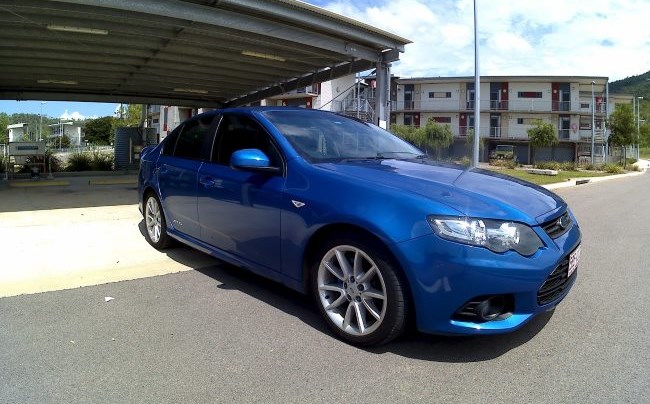
The ideal maintenance of a vehicle is unfortunately not limited to a simple oil change every 10,000 km. Indeed, many points are to be regularly checked although it is not necessary to believe that maintaining a car is a real headache even if it suits the manufacturers to make you believe
Maintenance to be done every 10 000 km or 12 months
Drain the engine oil
Changing the oil filter
Changing pollen filter (cabin filter) , 10,000 km in urban areas and 25,000 km in rural areas
Naked eye check of discs and brake pads
Check the condition of the battery without disconnecting it if it is a recent car because the car could then be immobilized by the immobilizer.
Note that the lubrication system is the only maintenance that must obsess you! This fluid is a bit like your blood if it fails it is the whole life of the engine that is at stake. It must, therefore, be an oil that is not too old (oxidation over time) or too much mileage (shearing of the oil that loses its properties). Changing the filters also prevents clogging and therefore a gene in the circulation of the oil (the oil pressure and therefore the state of the pump is also something important to watch, all warning light regarding oil should alert you and should not be taken lightly).
To evaluate the wear of your tires, it's easy: compare the main grooves of your tires. They must be changed as soon as the grooves lose their depth. In theory, the depth of the grooves must be greater than 1.6 mm. The more the grooves disappear, the less the tire gets out of the water and the more you are exposed to the risk of losing control of your vehicle.
Change of spark plugs on gasoline engines (bad spark plug = bad combustion = fouling = overconsumption)
Change the fuel filter on engines diesel
Changing the timing belt and accessory belt
Check the fluid (or fluid) of power steering
Changing the air filter
Emptying the automatic gearbox (except for the so-called "long life" oil, never to be emptied)
(Reminder: The technical control is required every two years on cars special and test pollution should be done every year for vehicle sales )
Bleed the coolant and check the circuit for leakage
Bleed the brake fluid and check the circuit for leakage
Verification of timing belts and accessories (attention, out of the timing belt usually leads to an engine failure.)
Check the exhaust line (rust and tightness)
Check the oil level of the gearbox
Verification of gimbal bellows
Control of transmission bellows
Check the motor hoses, if they are cracked they must be replaced as soon as possible.
Each car manufacturer in the manual for the car (or in the service book) indicates the recommended conditions for the planned replacement of oil in the engine. Previously, almost all automakers advised changing the oil every 10,000 km, today for many modern cars every 12,000-15,000 km. But we do not recommend you to heed such advice. It is better to change the engine oil in the old fashioned way - every 8000-10000 km. Especially if you mainly use a car in the city (traffic jams, frequent stops at traffic lights, short trips, etc.).
The maintenance and eventual repair of your car can weigh heavily in your car budget but these are not expenses to be taken lightly. Car mechanic, car dealer, service station or technical control centre, the professionals of the auto service do not miss the call. They will inspect your car from the windshield wipers to the engine through the traffic lights and detect the repairs to be made and the parts to be changed.
If you have a car that you think is too old or damaged to maintain, it might be time to sell it for cash. Active Car Removal will pay cash for car and remove it from your property. Contact Active Car Removal now and get cash for your car.




